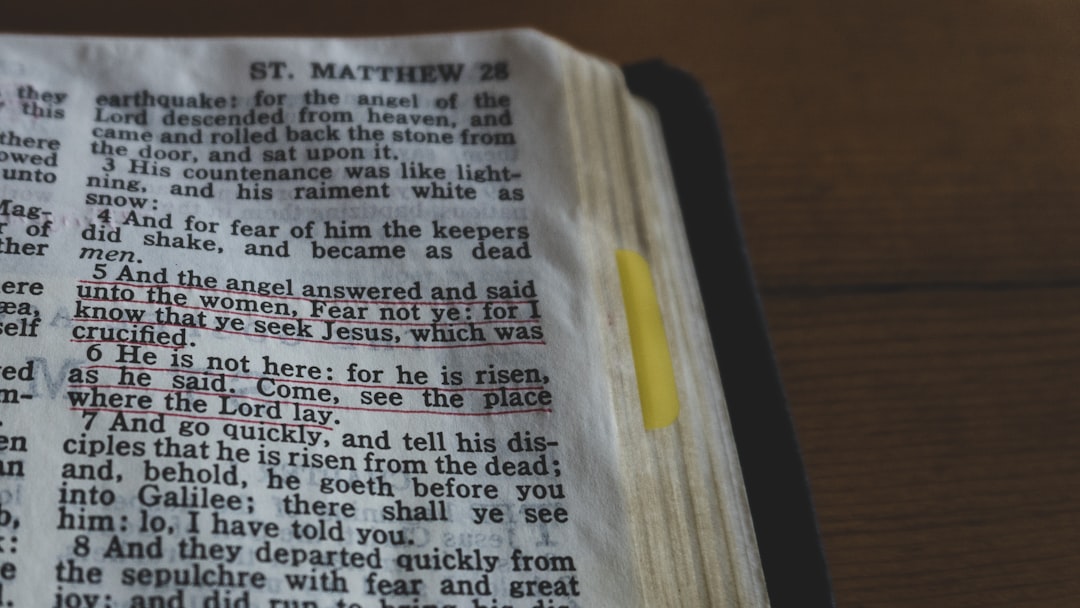What is it about?
The history of a cotton factory village on the River Tay in Perthshire, near Perth, founded in 1784 by a group of merchants and landowners, including Richard Arkwright, and George Dempster, MP for the Perth Burghs, on land feued from the Duke of Atholl. Despite various periods of mill closure, because of mis-management, war against France, or the Cotton Famine of the 1860s, Stanley mills continued to produce cotton yarn and cloth, then artificial fibres, until finally closing in 1989. The mills fell into disuse and were vandalised, but were rescued by action from Historic Scotland, in conjunction with the Phoenix Trust. They secured grants from the Heritage Lottery Fund, amounting to £8.8 million to purchase and restore the mills, which eventually re-opened to the public in 2008, partly as a museum and historical monument, but mainly as housing.
Featured Image

Photo by Trisha Downing on Unsplash
Why is it important?
The original Bell Mill at Stanley, dated 1784, is probably the finest surviving example in Britain of a water- powered Arkwright brick cotton mill from the late eighteenth century.Stanley Mills also have well documented connections with prominent individuals in the early history of the cotton industry, such as Richard Arkwright, David Dale of New Lanark and Robert Owen, Dale’s son in law. Stanley Mills are situated in a magnificent setting on the River Tay, the longest river in Scotland. They demonstrate the changing use of water power over the centuries, from the original water wheels of the 1780s and 1790s, to the 200 hp turbine installed in 1878, and the Swedish Boving hydro-electric system installed in 1921, when F S Sandeman and Co joined the Dundee-based Jute Industries. The hydro electric system at Stanley was abandoned in 1965, but the Boving Turbine House was restored by Innogy PLC to produce energy for the National Grid.
Perspectives
I have been researching the history of Stanley Mills and village for about fifty years. In the early 1970s, I ran a University extra-mural class in the village for two years, and together, we produced a community history of the mills and village. Many of the class worked or had worked in Stanley Mills, and had a wide range of expertise, from mill work, farming, medicine, education, etc. I also organised a conference in the village to publicise our findings and invited John Hume of Historic Scotland, as a speaker. I was employed as Historical Consultant by Historic Scotland, and wrote the historical section of the successful bid to the Heritage Lottery Fund for the purchase and restoration of Stanley Mills. I also wrote the official Guide to Stanley Mills, available both in English and Gaelic
Mr ANTHONY JOHN COOKE
University of Dundee
Read the Original
This page is a summary of: Cooke, Stanley: From Arkwright Village to Commuter Suburb, 1784–2015, The Scottish Historical Review, April 2017, Edinburgh University Press,
DOI: 10.3366/shr.2017.0329.
You can read the full text:
Contributors
The following have contributed to this page










